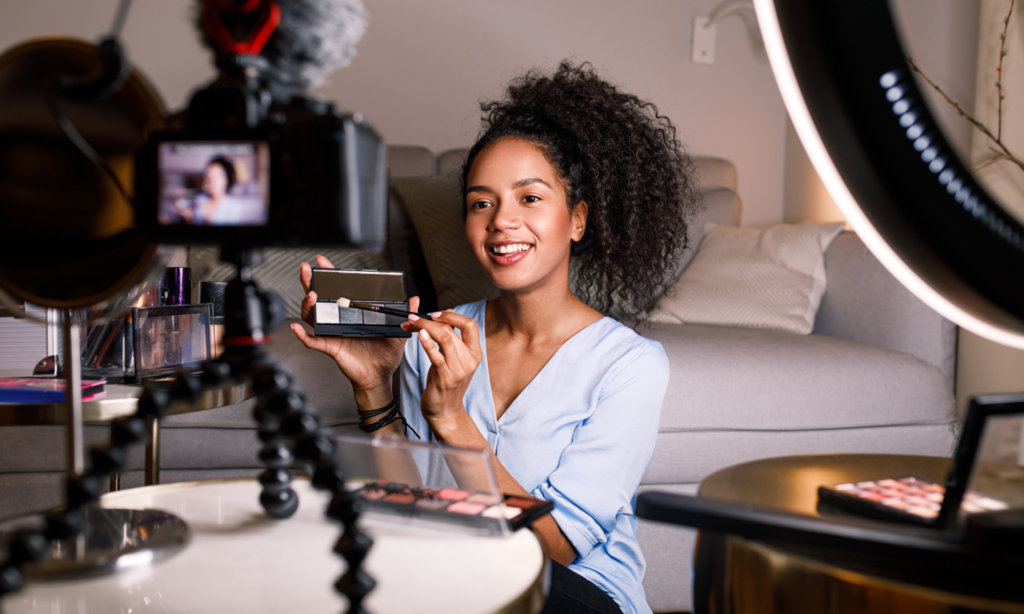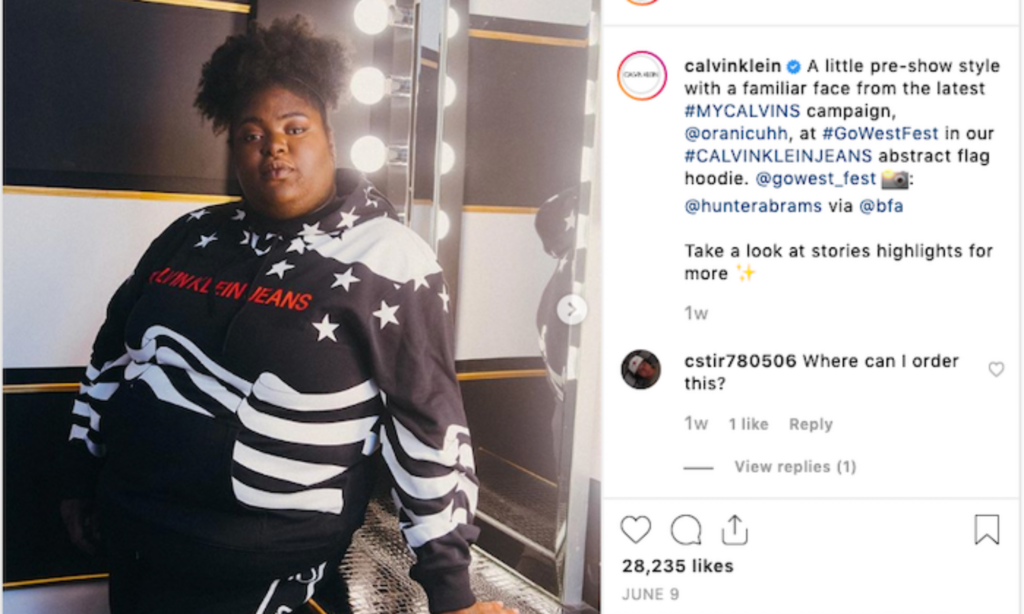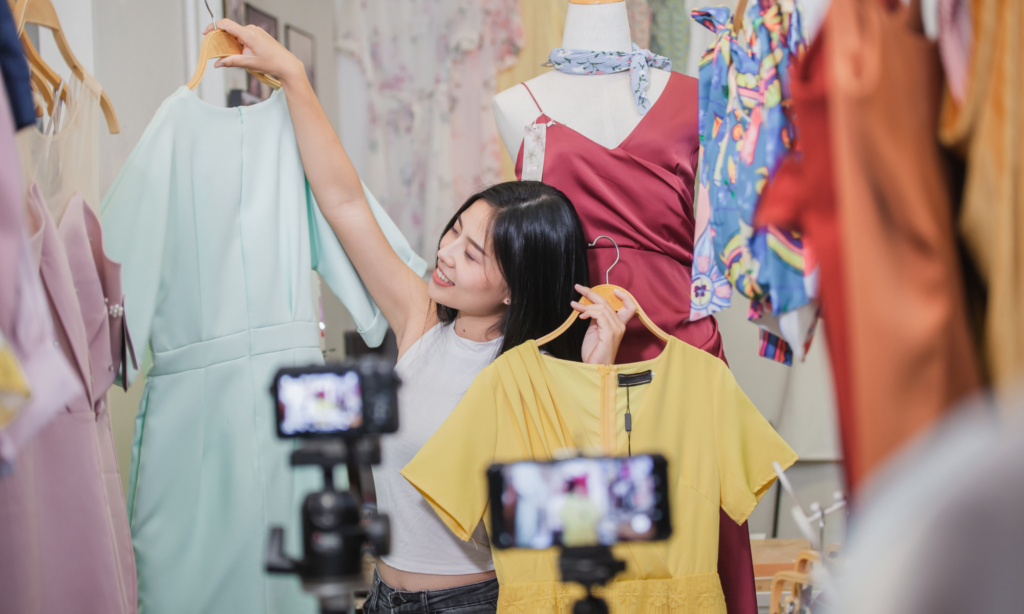Trends in Digital Marketing for the Fashion Industry: Staying Ahead of the Curve
Stay ahead in the industry by implementing these trends in digital marketing.


Stay ahead in the industry by implementing these trends in digital marketing.
The fashion industry has always been highly dynamic, and with the advent of digital marketing, it has experienced a significant transformation. In today’s fast-paced digital landscape, staying ahead of the curve is crucial for fashion brands to remain competitive and capture the attention of their target audience.
Here are the latest trends in digital marketing for the fashion industry and how fashion brands can leverage them to stay ahead in this ever-evolving industry:
Influencer Marketing


Influencer marketing continues to be a powerful strategy in the fashion industry. Collaborating with influential personalities on social media platforms allows fashion brands to reach a wider audience and build credibility. However, the trend is shifting towards more authentic micro-influencers who have a highly engaged and niche following. Fashion brands are now focusing on building long-term partnerships with influencers who align with their brand values, ensuring genuine connections with their target customers.
Personalization and Customization


Personalization is becoming increasingly important in the digital marketing landscape. Fashion brands are leveraging customer data to deliver personalized experiences, such as tailored product recommendations, customized emails, and targeted advertisements. By understanding the preferences and behavior of their customers, fashion brands can provide a more engaging and relevant experience, ultimately driving conversions and customer loyalty.
Moreover, customization is gaining traction in the fashion industry. Brands are offering personalized products and services, allowing customers to design their own clothing items or accessories. This trend not only enhances the customer experience but also creates a sense of exclusivity and uniqueness, which resonates well with today’s fashion-conscious consumers.
Augmented Reality (AR) and Virtual Try-On


AR and virtual try-on technologies have revolutionized the way customers interact with fashion brands online. Virtual fitting rooms and augmented reality apps enable customers to visualize how clothing items would look on them before making a purchase. This immersive experience not only enhances customer satisfaction but also reduces return rates, as customers can make more informed decisions about their purchases.
Fashion brands are embracing AR technology to create interactive experiences through social media filters, allowing users to virtually try on products and share them with their followers. By incorporating AR and virtual try-on into their digital marketing strategies, fashion brands can bridge the gap between online and offline shopping experiences and provide customers with a more engaging and personalized journey.
User-Generated Content (UGC)


User-generated content has become a valuable asset for fashion brands. Customers are increasingly sharing their outfit photos, reviews, and experiences on social media platforms. Fashion brands are leveraging UGC by reposting, featuring, and engaging with their customers’ content. This not only creates a sense of community and authenticity but also serves as free advertising and social proof.
To encourage UGC, fashion brands are running contests, hashtags, and challenges that motivate customers to share their experiences. By actively involving their customers in their digital marketing efforts, fashion brands can build strong brand advocates and generate organic buzz around their products.
Sustainability and Ethical Practices


Sustainability and ethical practices have become paramount concerns for consumers in the fashion industry. Brands that prioritize environmental responsibility and ethical production practices are gaining favor among conscious consumers. Digital marketing provides a platform for fashion brands to communicate their sustainability initiatives, transparent supply chains, and ethical sourcing.
Fashion brands are leveraging social media, blogs, and video content to educate and engage customers about their sustainable practices. By aligning their digital marketing efforts with their sustainability goals, fashion brands can build trust and loyalty with eco-conscious consumers who seek brands that share their values.
Live Streaming


Live streaming is another great way to connect with consumers in real-time. Fashion brands can use live streaming to host product launches, fashion shows, or Q&A sessions with influencers.
These are just a few of the most important digital marketing trends for the fashion industry in 2023. By staying ahead of the curve and adapting their strategies accordingly, fashion brands can reach a wider audience, generate more sales, and build stronger relationships with their customers.